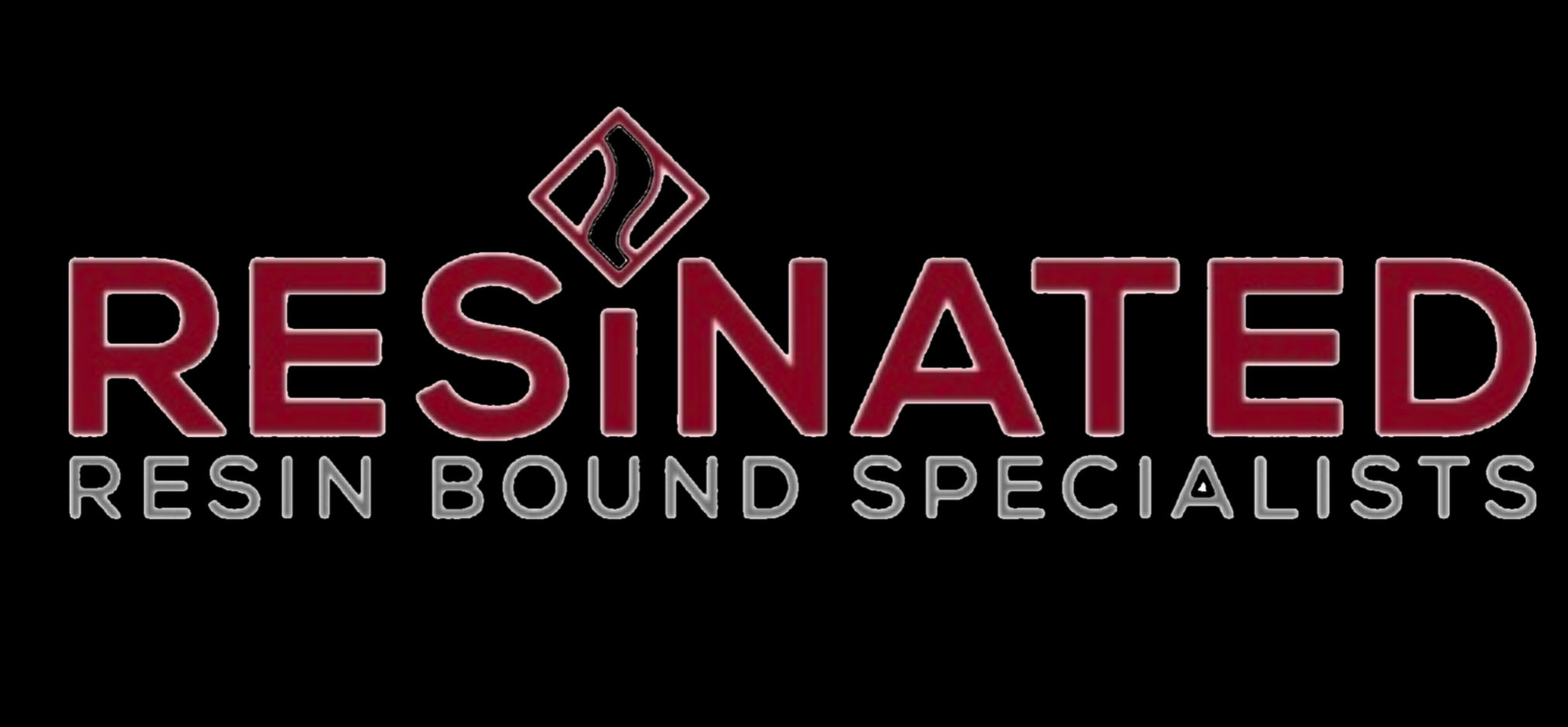What's New 2025
- Resinated

- Mar 4
- 4 min read
In 2025, the landscaping market is expected to see the introduction of innovative products that focus on sustainability, efficiency, and aesthetics. Here are some of the new products that could make a significant impact in the landscaping industry:
1. Smart Irrigation Systems
• Smart irrigation controllers that use weather data, soil moisture sensors, and AI to adjust water usage in real-time are becoming more advanced. These systems can help reduce water waste, optimize irrigation schedules, and be controlled remotely via smartphones or smart home systems.
2. Sustainable Synthetic Turf
• As artificial grass continues to improve, expect new eco-friendly synthetic turf options that use recycled materials and are fully recyclable at the end of their lifespan. These new turfs offer better drainage, heat resistance, and a more natural appearance, making them ideal for both residential and commercial properties.
3. Eco-Friendly Paving Materials
• New permeable paving solutions will gain traction, particularly those made from sustainable materials like recycled rubber, reclaimed concrete, or porous stones. These allow water to filter through, reducing runoff and improving stormwater management in urban landscapes.
• Additionally, there are innovations in recycled plastic pavers that mimic the look of traditional stone, adding both eco-friendliness and style.
4. Electric Lawn Equipment
• Battery-powered electric lawnmowers, hedge trimmers, and leaf blowers are becoming more powerful and long-lasting. These tools are quieter, more eco-friendly (reducing emissions), and easier to maintain, making them an attractive alternative to gas-powered equipment.
5. Vertical Garden Systems
• With urbanization growing, modular vertical garden systems are becoming more popular. These systems make it easier to create living green walls or indoor gardens in small spaces. In 2025, expect more advanced, self-watering, and self-sustaining vertical garden units that use hydroponic systems for easier maintenance.
6. Solar-Powered Landscape Lighting
• Advances in solar-powered lighting will lead to more efficient and stylish outdoor lighting solutions. Expect to see LED lights, motion sensors, and even integrated smart technology that can be controlled via apps to create ambient lighting for gardens, pathways, and driveways.
7. Autonomous Lawn Care Robots
• The next generation of robotic lawn mowers will likely be smarter and more efficient. They will be able to handle complex garden layouts, adjust cutting patterns based on weather or grass type, and integrate with other smart home systems, offering convenience for busy homeowners.
8. Sustainable Fertilizers and Soil Enhancers
• With an increased focus on organic and sustainable gardening practices, new products such as natural, slow-release fertilizers and compostable soil enhancers will become more widely available. These products are designed to improve soil health without harmful chemicals, benefiting both plants and the environment.
9. AI-Driven Landscape Design Tools
• Software and apps that use AI to assist in landscape design are becoming more sophisticated. These tools can help users create personalized landscape designs by analyzing their environment, preferences, and even weather conditions to suggest optimal plant choices and layouts.
10. Living Green Roof Systems
• The trend of green roofs will continue to grow, but in 2025, new modular green roofing systems that are easier to install and maintain will become popular. These products will allow homeowners and businesses to install eco-friendly, energy-efficient green roofs with minimal effort.
11. Recyclable Garden Structures
• Expect new garden structures, such as fencing, sheds, and raised garden beds, made from fully recyclable and sustainable materials like composite wood and recycled plastic. These products will be more durable and weather-resistant than traditional wood and metal alternatives.
12. Water-Efficient Plant Varieties
• Plant breeders are working on creating new drought-resistant and water-efficient plant varieties that require less maintenance. Expect the rise of low-water plants for xeriscaping (water-efficient landscaping) and native plants that thrive in local environments with minimal watering.
13. Sustainable Garden Furniture
• The demand for eco-friendly outdoor furniture will increase, with products made from recycled materials, sustainable wood, and even biodegradable composites. Expect designs that are both modern and sustainable, with greater durability for outdoor use.
14. Biodegradable Mulch and Weed Barriers
• New biodegradable mulches and weed barriers made from sustainable materials like coconut fiber or recycled paper will be developed. These products offer an eco-friendly alternative to traditional plastic weed barriers and will break down over time, enriching the soil.
15. Modular Landscape Edging
• Modular landscape edging systems that are customizable and easy to install will continue to gain popularity. Made from sustainable materials like recycled rubber or composite wood, these systems help create clean, crisp borders around flower beds, lawns, and pathways.
16. Biodiversity-Friendly Landscaping Products
• Products designed to promote local wildlife and pollinators (like bees and butterflies) will be in high demand. Expect the emergence of pollinator-friendly plants, habitat-building kits, and natural pest control solutions that help create sustainable and thriving ecosystems in residential and commercial landscapes.
17. Artificial Intelligence for Lawn and Garden Monitoring
• AI-powered devices that can monitor lawn and garden health (e.g., moisture levels, soil pH, and sunlight exposure) will help homeowners and businesses optimize care for their landscapes. These devices can send notifications or recommendations via apps for optimal care.
18. Fire-Resistant Landscaping Products
• With the increasing frequency of wildfires, especially in dry regions, products like fire-resistant plants, fire-retardant mulch, and flame-resistant landscaping fabrics will be in demand. These products help create defensible spaces around homes and reduce fire risk.
By incorporating these new products and technologies, landscaping companies and homeowners will be able to create more sustainable, efficient, and aesthetically pleasing outdoor spaces in 2025. These innovations also align with broader environmental and convenience trends, meeting the growing desire for eco-friendly and low-maintenance landscaping solutions.






Comments